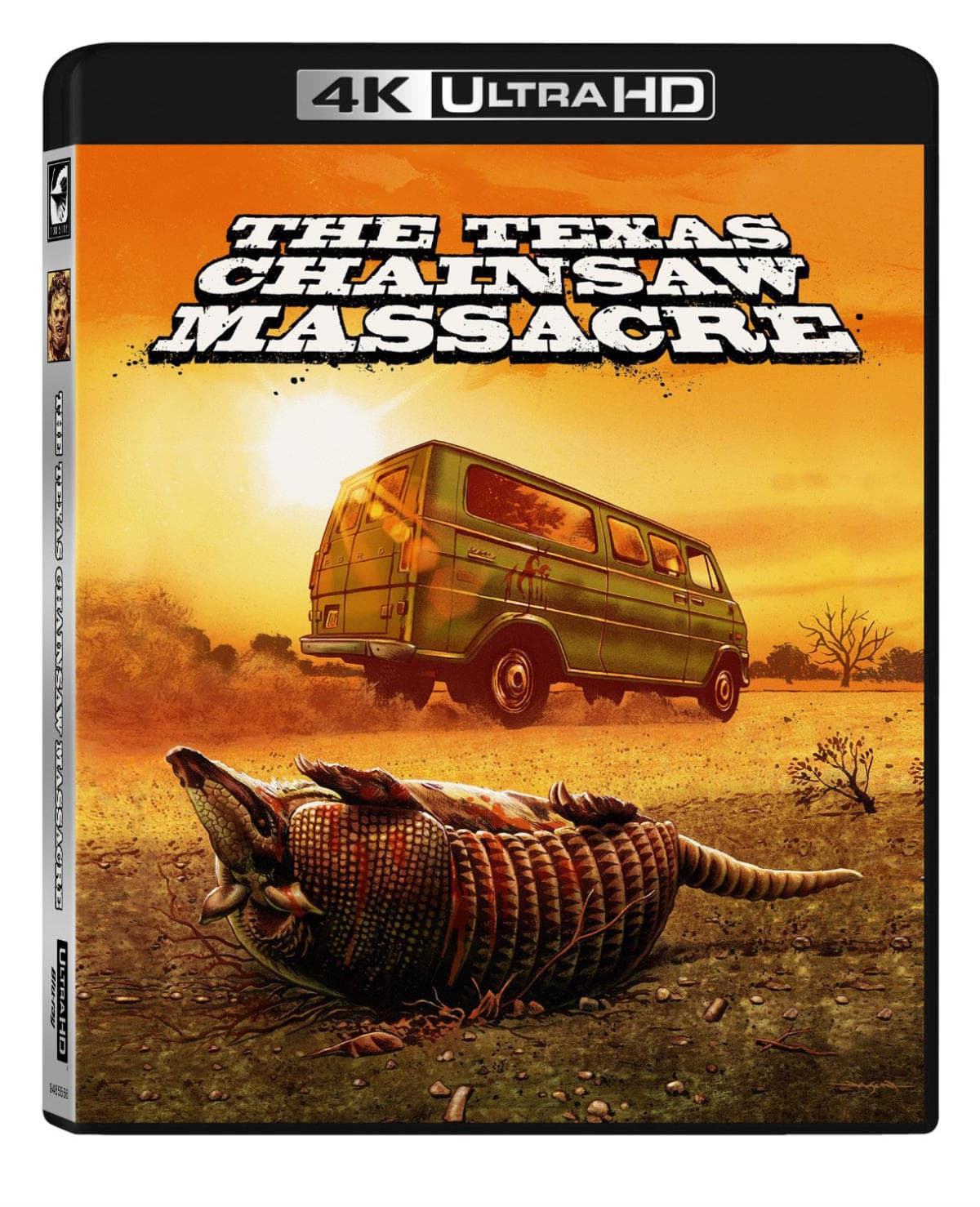
To what extent Leatherface actually cares about gentrification is hard to parse. When they thoughtlessly evict the home’s owner, Leatherface shows up and revs his chainsaw in revenge.

They’re Austin transplants traveling to a small town in Texas to claim a derelict property as part of some gentrification scheme.

In contrast, Garcia’s new Texas Chainsaw Massacre makes a baffling effort to cast its victims as (somewhat unwitting) antagonists. (Hilariously, Hooper hoped it might get a PG rating by limiting the onscreen gore the Motion Picture Association justly rated it R.) But it’s relentless and intense why Sally Hardesty (played by Marilyn Burns) and her friends are under violent siege by Leatherface’s family is never really explained, and the home they blunder into looks like a dank slaughterhouse, its nastiness practically wafting off the screen. The Texas Chain Saw Massacre of 1974 is a surprisingly bloodless film. While Green’s film largely succeeded on all those fronts, becoming a smash hit, Garcia’s feels unnecessary and anonymous, leaning on crass visual shocks while failing to match the unsparing brutality of its lodestar. It’s a “legacy sequel” to the original film that ignores every other version, trying to wipe the slate clean, reboot the series, and pay homage to its forebear. Texas Chainsaw Massacre (there’s no The this time), directed by David Blue Garcia and written by Chris Thomas Devlin, makes a similar choice to David Gordon Green’s 2018 Halloween. Now, with so many decades of Texas Chainsaw lore to sift through, every new entry must pick and choose what to keep and what to forget from prior films, rather than vying for narrative consistency.
#Texas chain saw massacre series
Those series have had plenty of nerdy fun trying to world-build around a masked murderer, but elaborating on the villain’s motivations typically steals the thunder from his fearsome mystery. Almost every cheaply made horror masterpiece that generated a whole cinematic universe (think Halloween, A Nightmare on Elm Street, and even Saw) had a lightning-in-a-bottle quality that proved impossible to imitate.

#Texas chain saw massacre movie
Read: The newest Scream movie skewers fandom itself Since the first film’s release, eight more Texas Chainsaw films have appeared: three sequels that played to diminishing returns then a remake that spawned its own prequel then a 3-D sequel to the original, which led to another prequel and now Netflix’s Texas Chainsaw Massacre, the latest attempt to connect to the first film’s appeal. If it makes the kind of unforgettable impact that The Texas Chain Saw Massacre did, the follow-ups will never end. Of course, if a horror film is even a mild success, it cannot be left to stand alone eventually a sequel will follow, even if it’s direct-to-video schlock.

Tobe Hooper’s 1974 film is as brutal today as it was decades ago because of its vérité style, which makes the viewing experience feel uncomfortably close to reality: sweaty and panic-inducing. Leatherface, a brutish, childlike member of the clan wearing a mask made of human skin, attacks them with a chainsaw (among other weapons). Some youths traveling through rural Texas come across a ramshackle house where a family of cannibals live. The premise of the original Texas Chain Saw Massacre is, even by the short yardstick of the horror genre, quite simple.


 0 kommentar(er)
0 kommentar(er)
